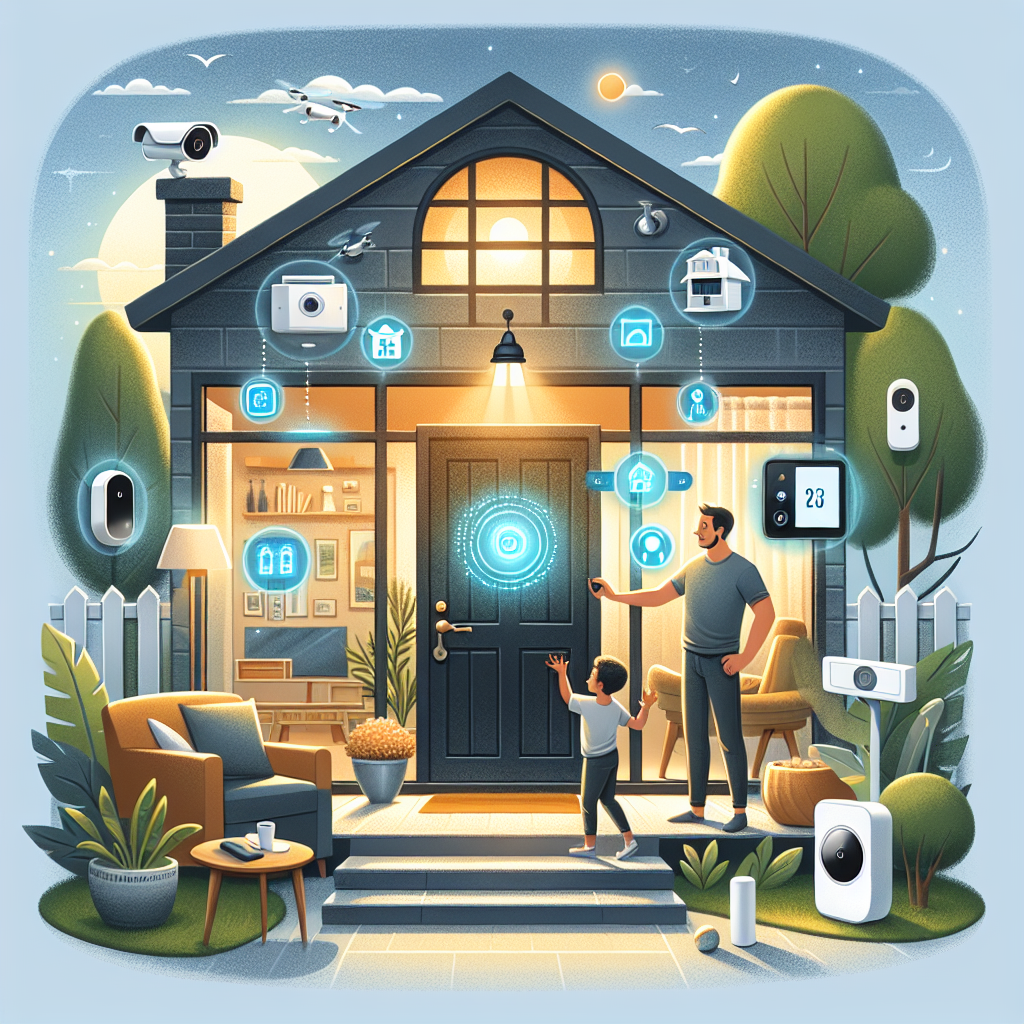The home inspection process can be a nerve-wracking experience for both buyers and sellers. However, understanding the ins and outs of this crucial step can help alleviate anxiety and ensure a smoother transaction. In this comprehensive guide, we’ll walk you through the home inspection process, from preparing your home for inspection to interpreting the results, so you can navigate it with confidence.
Preparing Your Home for Inspection
Before the inspection even begins, there are several steps you can take to prepare your home:
- Clean and Declutter: A clean and clutter-free home not only makes a better impression on the inspector but also allows them to easily access key areas.
- Address Minor Repairs: Take care of any minor repairs such as leaky faucets, loose handrails, or chipped paint. These small issues can signal neglect and raise red flags during the inspection.
- Provide Documentation: Gather any documentation related to your home’s maintenance and repairs, such as receipts for recent renovations or service records for your HVAC system. This information can provide valuable insights into the condition of your home.
What to Expect During the Inspection
During the inspection, the inspector will thoroughly assess various aspects of your home, including:
- Structural Components: This includes the foundation, walls, roof, and attic.
- Exterior Features: The inspector will inspect the exterior of your home, including the siding, windows, doors, and landscaping.
- Interior Systems: This includes the electrical, plumbing, heating, and cooling systems.
- Appliances: The inspector will test major appliances such as the stove, dishwasher, and water heater.
Interpreting the Results
After the inspection is complete, the inspector will provide you with a detailed report outlining their findings. It’s essential to carefully review this report and seek clarification on any areas of concern. Keep in mind that no home is perfect, and minor issues are common. However, if significant problems are identified, you may need to negotiate repairs with the buyer or adjust your selling price accordingly.
Conclusion
The home inspection process is a critical step in the homebuying and selling journey. By understanding what to expect and adequately preparing your home, you can navigate the inspection process with confidence. Remember to address any minor repairs, provide documentation, and carefully review the inspection report. With proper preparation and guidance, you can ensure a smoother transaction and move one step closer to achieving your real estate goals.



